In the world of modern aesthetics, one question keeps coming up: fillers or surgery?
The field of aesthetic medicine has transformed dramatically over the past decade. No longer limited to just surgical procedures, patients now have a range of non-surgical options to enhance their appearance. Among these choices, body fillers (particularly those made with Hyaluronic Acid) are gradually becoming the most popular procedure as an alternative to traditional surgeries such as implants or fat grafting.1
Both approaches have their place, and both can achieve beautiful results. But they also differ greatly in terms of invasiveness, downtime, risks, flexibility, and the type of outcomes you can expect.
This blog will walk you through the differences between fillers and surgeries for body contouring, weigh the pros and cons of each, and explore why brands like HYAcorp are reshaping the conversation around aesthetic enhancement.
What Are Body Fillers?
These are injectable gels, most commonly made from hyaluronic acid, a substance naturally found in the human body that maintains hydration and structural support. When strategically injected, they add volume, smooth contours, and refine proportions — without the need for invasive surgery.
Typical treatment areas include the buttocks (to restore curves or correct asymmetry), the hips (to smooth out “hip dips”), the calves (to add subtle definition for a more proportional look), and even the hands (to restore lost volume).
The procedure is straightforward, usually taking less than an hour, depending on what you’re getting done.2 There’s no need for general anesthesia, and results can be seen immediately. For patients, this makes it one of the most convenient and accessible methods of body contouring available today.
What Are Surgical Options for Body Contouring?
For decades, surgery has been the traditional path for people seeking dramatic or long-lasting body contouring results. These procedures can reshape the body in significant ways, often addressing not just fat and volume but also loose or sagging skin. While effective, they are more invasive, require longer recovery, and come with higher risks and costs compared to non-surgical alternatives.
Here are some of the most common surgical body contouring procedures performed today:
- Liposuction:3 One of the most popular surgeries, liposuction removes stubborn fat from specific areas such as the abdomen, thighs, arms, and under the chin. It’s designed for contouring rather than weight loss and can create a more sculpted silhouette.
- Fat Grafting (Brazilian Butt Lift/BBL): Fat is harvested from one part of the body using liposuction and reinjected into areas like the buttocks or hips to enhance curves. While it uses the patient’s own fat, it comes with surgical risks and depends on having enough donor fat available.
- Implants: Silicone implants can be surgically placed in the buttocks, calves, or breasts to create additional volume and shape. They offer dramatic results but also carry the risk of implant-related complications over time.
- Abdominoplasty (Tummy Tuck):4 This procedure tightens weakened abdominal muscles and removes excess skin and fat from the midsection. It’s particularly popular among patients after pregnancy or significant weight loss.
- Breast Lift (Mastopexy): Removes excess skin and reshapes the breast tissue to restore a firmer, more youthful contour. Unlike augmentation, it doesn’t add volume but repositions and lifts.
- Arm Lift (Brachioplasty):5 Removes loose skin and fat from the upper arms, creating a more toned appearance. Often chosen by patients after weight loss, where sagging skin remains.
- Buttock Lift: Unlike augmentation, this surgery removes sagging skin and fat from the buttocks, tightening the area for a smoother contour.
- Circumferential Body Lift (Belt Procedure): A more extensive operation that addresses the abdomen, hips, buttocks, and thighs in one procedure, often chosen by patients after massive weight loss.
While these surgeries can achieve transformative and long-lasting changes, they are far from simple. They usually require general anesthesia or local with sedation, involve incisions, and can take weeks or even months to fully recover from. These procedures also carry the risk of scarring, infection, or complications that come with any major operation.
For patients willing to undergo the downtime and risk, surgery can provide dramatic results that fillers may not match in scale. But for many, the invasiveness of these procedures makes non-surgical alternatives like hyaluronic acid body fillers a far more attractive option.
Fillers vs Surgeries: The Key Differences
When comparing the two, the differences become immediately clear. In terms of invasiveness, fillers involve nothing more than a few injections, while surgery requires anesthesia, incisions, or even liposuction. This also affects downtime: most patients who opt for the former are back to daily activities within 24 to 72 hours, while surgery can involve several weeks of physical restrictions and lots of rest before patients can fully feel like themselves again.
The results are another area where the two approaches diverge. Fillers provide immediate improvements that are subtle, natural-looking, and easily adjustable. Surgery, on the other hand, produces more dramatic or permanent outcomes, which may be ideal for some but less flexible if you would like to make any adjustments later on.
Risk factors for both also tend to differ. With fillers, side effects are generally limited to temporary swelling, redness, or bruising. Surgery carries more significant risks, such as infection, scarring, complications from anesthesia, or implant-related issues.
Another important difference lies in customization and reversibility. Fillers can be tailored to your needs over time. More products can be added, adjustments can be made, and in the case of hyaluronic acid fillers, results can even be reversed with the help of an enzyme called hyaluronidase.6 Surgery, however, is less forgiving: if the outcome isn’t as expected, corrective procedures may be required — this can include invasive surgeries that can carry even more risk.
Finally, there’s cost and convenience. While surgery has higher upfront fees due to surgeon, hospital, and anesthesia costs, fillers are more affordable per session. Over time, however, maintenance treatments with fillers can add up, so long-term financial planning is important.
In short, the contrast comes down to commitment. Surgery delivers bold, permanent changes but at the cost of downtime, higher risk, and less flexibility. Fillers, on the other hand, allow for a more gradual, customizable, and reversible journey — one that fits better with the fast-paced lifestyles and evolving beauty preferences of today
The Pros and Cons of Body Fillers7
Advantages
- Treatments are quick and convenient, often completed in under an hour.
- Minimal downtime allows patients to return to their daily routines within a day or two. For instance, a busy professional who can’t afford weeks away from work may find fillers the perfect solution — a lunch-hour procedure with results that settle quickly.
- Hyaluronic acid integrates naturally with tissue, giving smooth and authentic results. Fitness enthusiasts often choose fillers to address areas that don’t respond to training, such as hip dips or naturally flat calves, complementing their hard-earned physique.
- Results are reversible and adjustable, offering greater flexibility and peace of mind.
- Customization ensures treatments are designed around your individual anatomy and goals.
Considerations
- Results are temporary, generally lasting between 12 to 24 months depending on the type of product, the area treated, and the patient’s metabolism.
- They are better suited to subtle refinements than dramatic changes.
- Maintenance sessions can be required to sustain long-term results.
The Pros and Cons of Surgery
Advantages
- Permanent or long-lasting results, especially with implants or fat grafting.
- The ability to achieve dramatic transformations or large volume increases.
- Typically completed in a single procedure rather than multiple sessions.
- Someone who has lost a significant amount of weight may prefer surgery, since it can remove large amounts of excess skin in the same procedure.
- Patients seeking dramatic changes, like a fuller bust or major abdominal tightening after pregnancy, often find surgical options better suited to their goals.
Considerations
- Recovery can take several weeks (or months) and may involve lifestyle restrictions.8
- Higher risks, including scarring, infection, or complications from anesthesia.
- Higher overall costs due to surgical and hospital fees, among others.
- Limited flexibility as outcomes are harder to reverse or adjust.
Why Many Patients Today Prefer Fillers
In recent years, more people are choosing fillers as an alternative to surgery, and the numbers back this up. According to the ISAPS 2024 Global Survey, there were about 20.5 million non-surgical procedures performed worldwide, compared to 17.4 million surgical ones.
The reasons are clear: fillers offer convenience, greater safety, and far less interruption to everyday life. Instead of chasing dramatic transformations, patients today are drawn to enhancements that look subtle and natural, aligning with the broader shift in beauty culture toward authenticity. Social media has played a major role in this, normalizing aesthetic treatments while encouraging results that look polished but not overdone — something that translates well both on camera and in real life.
Younger patients are also embracing fillers as part of the growing “prejuvenation” movement, using non-surgical treatments to maintain collagen, volume, and youthful contours before signs of aging become pronounced.9 For many, this proactive approach feels more empowering than corrective surgery later on.
Another major advantage is control. Fillers allow patients to start small, make gradual refinements, or even reverse results if they change their mind. This flexibility fits seamlessly into modern, busy lifestyles where lengthy downtime isn’t realistic. By contrast, surgery involves more commitment, higher risks, and far less room to adjust outcomes.
Taken together, these trends highlight a bigger cultural shift: people aren’t just seeking to look different, they want results that blend into their lives — procedures that support confidence, complement their natural features, and allow them to stay active, social, and visible with minimal disruption.
HYAcorp: A Leader in Non-Surgical Body Contouring
Among the most trusted names in the field of non-surgical body contouring is HYAcorp, a premium line of hyaluronic acid-based fillers designed specifically for body use. Unlike general products created for the face, HYAcorp products are engineered with body contouring in mind, ensuring reliable and natural-looking outcomes.
- HYAcorp MLF1: Perfect for subtle refinements in areas such as the calves, the hands, or for delicate reshaping.
- HYAcorp MLF2: Developed for larger-volume treatments, particularly for restoring curves in the hips or buttocks.
Patients often choose HYAcorp because the fillers are biocompatible, sterile, and non-animal origin, with a proven track record of safety and effectiveness. With predictable outcomes and smooth tissue integration, they provide enhancements that feel authentic and require little to no downtime.
It’s easy to see why patients today, with busier lives and higher expectations for natural results, often prefer fillers over surgery: the convenience, safety, and subtlety align perfectly with modern aesthetic values.
Which Is Right for You: Fillers or Surgery?
The decision between fillers and surgery ultimately comes down to your personal goals, lifestyle, and comfort with risks and downtime.
- If you’re looking for dramatic, permanent results and are comfortable with the recovery process, surgery may be the right choice.
- If you value safety, minimal downtime, and natural-looking enhancements, fillers are likely the better option.
Final Thoughts
Both fillers and surgeries play important roles in aesthetic medicine, and the best choice depends on your priorities. Surgery offers permanence and dramatic changes, while fillers provide flexibility, reversibility, and convenience.
That said, if your goals are subtle refinements, balanced proportions, and a natural look without the commitment of surgery, body contouring products such as HYAcorp MLF1 and MLF2 may be the ideal choice.
If you’re exploring your options, contact us to learn more about how HYAcorp can help you achieve results that feel authentic, refined, and seamlessly aligned with your vision.
References
- Mortada H, Alkadi D, Saqr H, Sultan F, Alturaiki B, Alrobaiea S, Aljaaly HA, Arab K, Arkoubi AY. Effectiveness and Role of Using Hyaluronic Acid Injections for Gluteal Augmentation: A Comprehensive Systematic Review of Techniques and Outcomes. Aesthetic Plast Surg. 2023;47(6):2719-2733.
- ISAPS. Procedure: Body Fillers [Internet]. Available from: https://www.isaps.org/discover/patients-home/procedures/non-surgical-procedures/body-fillers/. Accessed on: 01Oct2025.
- ISAPS. Procedure: Liposuction [Internet]. Available from: https://www.isaps.org/discover/patients-home/procedures/body-procedures/liposuction/. Accessed on: 01Oct2025.
- ISAPS. Procedure: Abdominoplasty (Tummy Tuck) [Internet], Available from: https://www.isaps.org/discover/patients-home/procedures/body-procedures/abdominoplasty/. Accessed on: 01Oct2025.
- ISAPS. Procedure: Arm Lift [Internet]. Available from: https://www.isaps.org/discover/patients-home/procedures/body-procedures/arm-lift. Accessed on: 01Oct2025.
- Hong GW, Hu H, Wan J, Chang K, Park Y, Vitale M, Damiani G, Yi KH. How Should We Use Hyaluronidase for Dissolving Hyaluronic Acid Fillers? J Cosmet Dermatol. 2025;24(1):e16783.
- ISAPS. Procedure: Body Fillers [Internet]. Available from: https://www.isaps.org/discover/patients-home/procedures/non-surgical-procedures/body-fillers/. Accessed on: 02Oct2025.
- Clark K. American Society of Plastic Surgeons. Six things you need to know about recovering from a Brazilian butt lift [Internet]. Available from: https://www.plasticsurgery.org/news/articles/six-things-you-need-to-know-about-recovering-from-a-brazilian-butt-lift. Accessed on: 02Oct2025.
- Haykal D, Nahai F, Cartier H. Prejuvenation: The Global New Anti-Aging Trend. Aesthet Surg J Open Forum. 2023;5:ojad061.
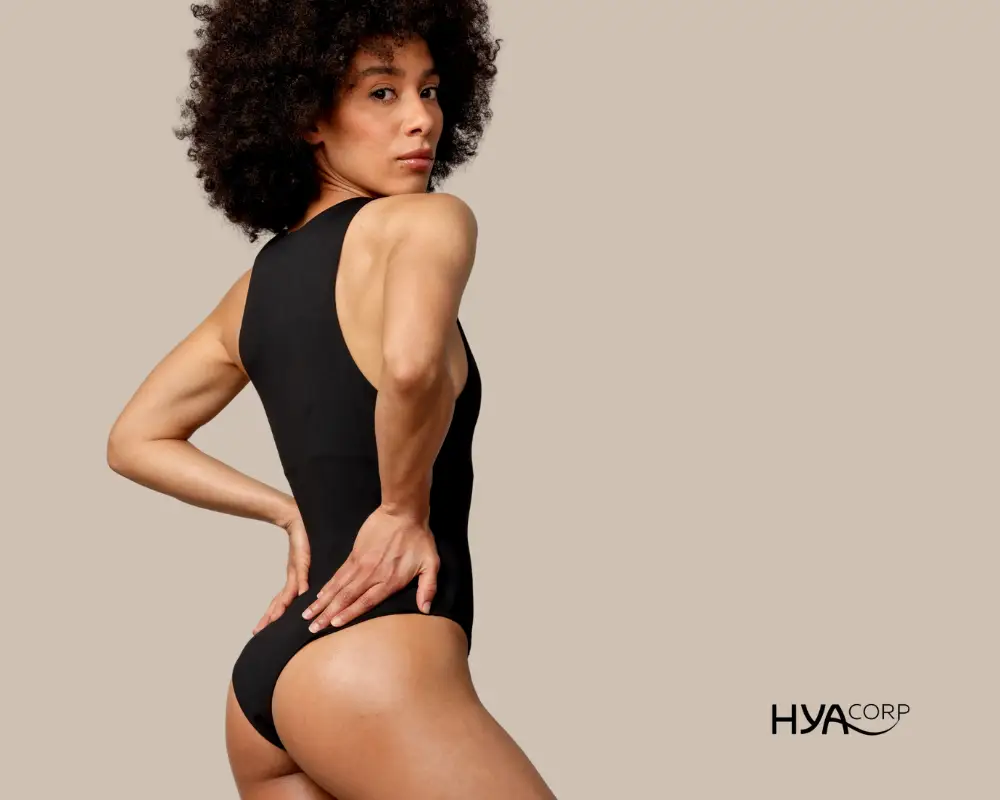

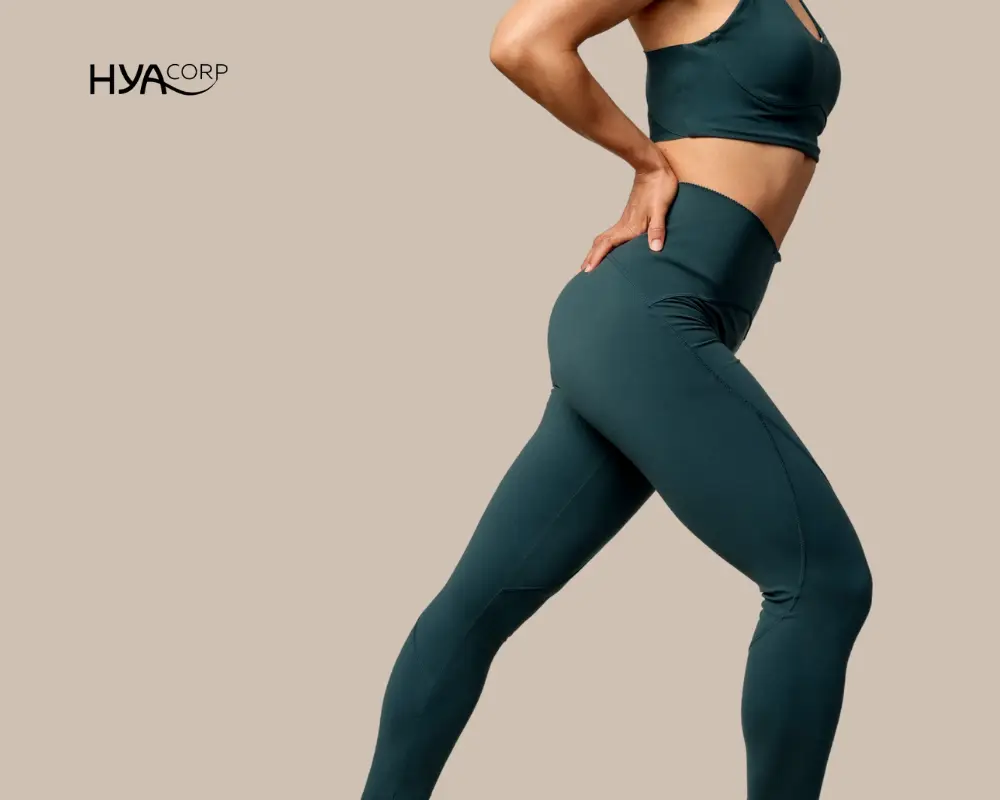
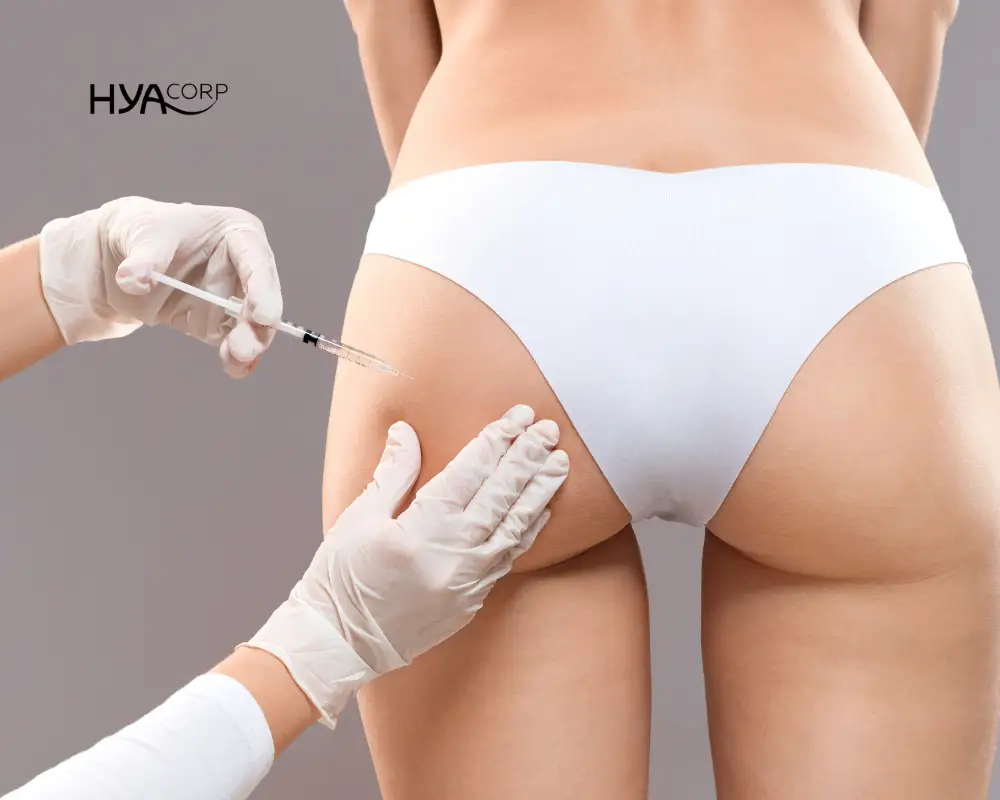
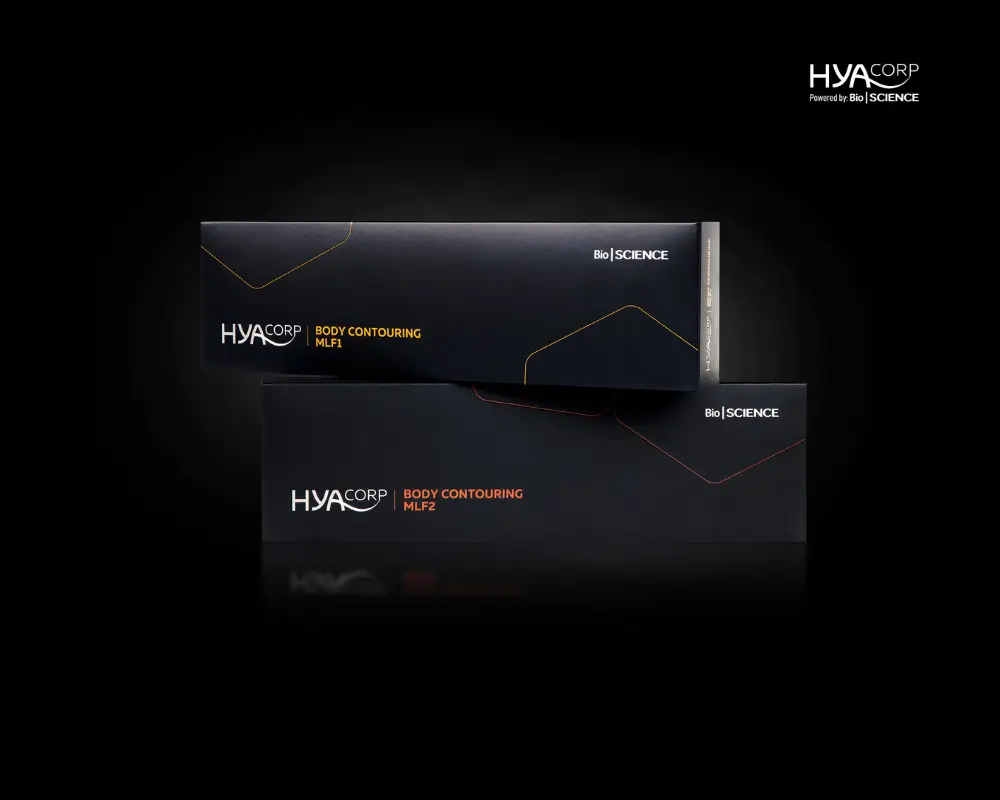
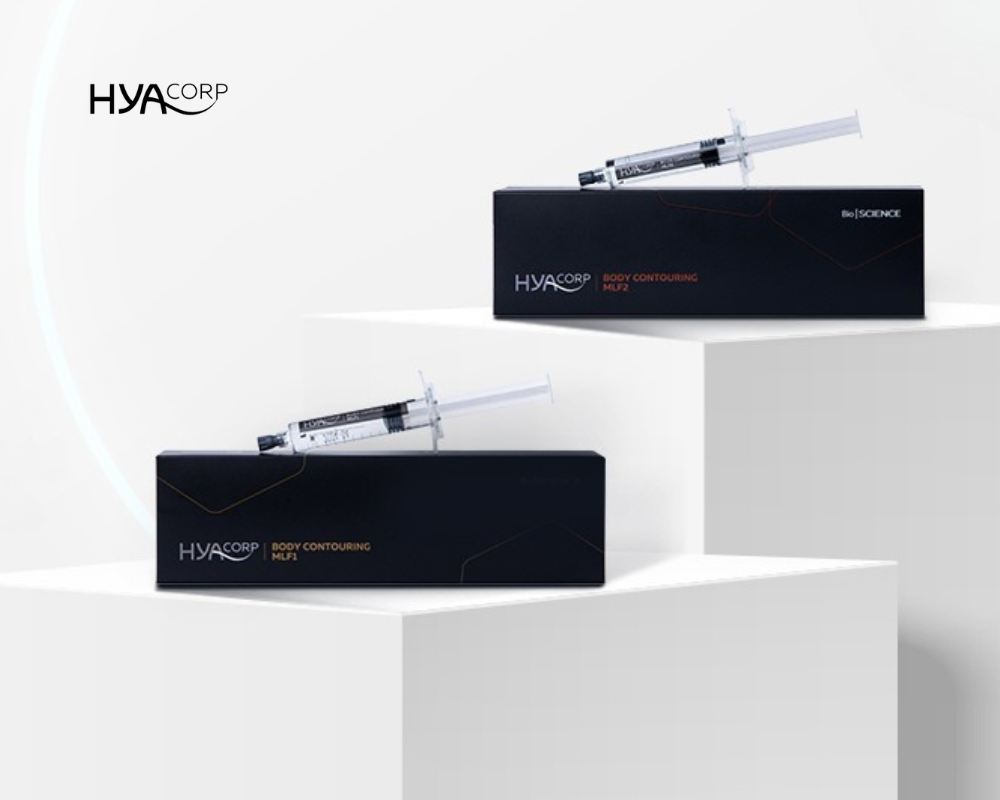
.webp)



